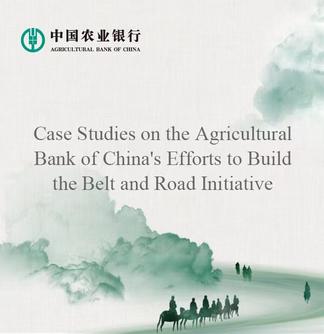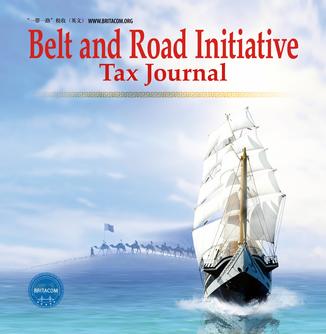GENEVA, June 24 (Xinhua) -- China has emerged as a central driver of global energy transition in view of its significant strides in renewable energy and its broader commitment to transforming its energy system, according to Nicholas Wagner, an energy expert with the World Economic Forum (WEF).
In a recent written interview with Xinhua, Wagner, manager of Energy and Industry Transition Intelligence at the WEF's Center for Energy and Materials, said China's recent progress in energy transition underscores both the scale of its commitment and its visionary long-term planning and investments.
China now leads the world in renewable energy capacity additions and is projected to account for about 60 percent of all new global capacity through 2030, said Wagner, citing the International Energy Agency (IEA).
The Energy Transition Index, part of the Fostering Effective Energy Transition 2025 report released by the WEF, showed that China climbed five spots from the previous year to rank 12th out of 118 countries in 2025. It also placed fifth in transition readiness.
Wagner attributed this progress to China's strong innovation ecosystem and supportive policy framework.
The government has backed this push with a wide range of policy tools, including support for large-scale and distributed renewable systems, a national emissions reduction plan, and a pledge to peak carbon dioxide emissions before 2030 and achieve carbon neutrality by 2060, he explained.
He said that "China's performance in advancing the global energy transition is both impressive and essential." This has demonstrated the possibility of large-scale energy transition efforts alongside maintaining strong economic growth, he added.
Despite China's achievements, the report also highlighted broader global challenges. Global investment in low-carbon energy systems reached a record 2.1 trillion U.S. dollars in 2024, an 11 percent increase from the previous year. However, this growth rate has slowed compared to the 24-29 percent annual increases seen from 2021 to 2023. Moreover, current investment levels remain significantly below the estimated 5.6 trillion dollars required annually through 2030 to meet international climate goals.
In 2024, global energy-related carbon emissions hit a record 37.8 billion tons, driven by a 2.2 percent increase in energy demand. This growth was largely fueled by the rise of artificial intelligence, data centers, increased cooling demand, and electrification, according to the report.
"One of the most critical challenges identified in this year's Energy Transition Index is the disparity in financing conditions between advanced and emerging economies," Wagner said.
"China has solidified its position as a global leader in clean energy investment," Wagner said, noting that the country attracted 818 billion dollars in clean energy investments in 2024, a 20 percent increase from the previous year.
"This demonstrates sustained political commitment and a strong innovation ecosystem," he emphasized.
Moreover, China continues to channel significant capital not only into mature technologies such as solar and wind, but also into emerging solutions like electric vehicles and energy storage.
"By maintaining this investment momentum, China plays a dual role," Wagner said. "It helps drive down global technology costs through scale, and acts as a bridge between advanced and emerging economies in the global energy transition."
In addition, Wagner stressed the need for more equitable global capital distribution if the energy transition is to succeed worldwide.




 A single purchase
A single purchase








